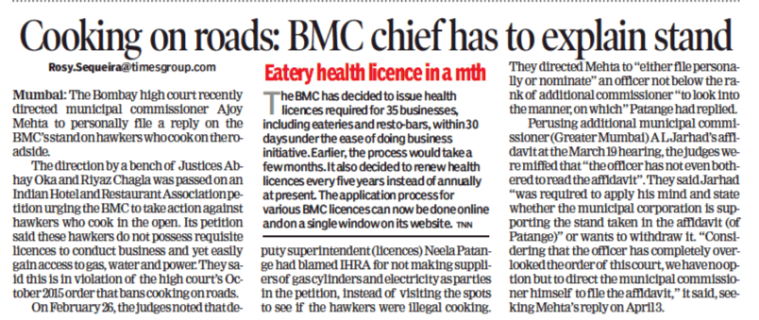News, like any other piece of writing, is subject to the writer’s style. Every news piece can be broadly divided into two parts – information and the way it’s put. Here, a journalist is expected to use their skills to find the relevant information and string it together to write an interesting piece. However, when writing for a newspaper, all stories of a particular publication are expected to follow the same rules so that they don’t look out of place — this is ensured by the people who work on the desk and edit these stories. Essentially, this means that every type of story has a structure, which can be altered but has to be followed at all times.
Theoretically speaking, an inverted pyramid structure has to be followed for all news stories. It means that the most important parts of the news (what, who, when, why, which and how) have to come in the first paragraph. It should answer why this news is relevant to the readers. Next comes the meat of the story, where the writer describes the events in detail. Finally, the not so important details are discussed, which can more often than not, be skipped by the reader.
If this is the standard structure followed by all news stories, let’s go over some news categories and try to understand how these rules are incorporated in them.
Crime and law
Most crime and law stories are simplified versions of complicated processes and jargons. Now, when it comes to simplification of crime stories — it must be understood that it can be done in a million ways! Legal (courtroom) stories, on the other hand, have to stick to certain set words and ways because they are mostly quoting court papers and cannot really print anything differently. In terms of the structure, the first paragraph usually gives the bare minimum details of the story — How many people killed? Was the bail plea rejected? Then the drama enfolds — literally! In the end, crime stories are usually wrapped with IPC section and remand details while the legal stories talk about the date of the next hearing. However, if the crime story is very important, IPC sections and remand details can be present in the first paragraph. Likewise, if it’s a long drawn legal case, the date of the next hearing can be mentioned first.
Notice the difference in the coverage of the same crime story by TOI and HT.

Politics
Political stories have a set structure, which is more or less same for all, no matter how dramatic they turn out to be! First, it is described as to who said what — why is this even being printed? Then details come into the picture and usually, the stories end with background information to brush up the memory of the readers. However, the last two parts can also be merged if the writer wishes to draw parallels to make their readers understand the situation and consequences better.

Civic issues
These are the stories that affect the day-to-day lives of the people. So, the focus is always on why it is important and how the different aspects will affect the citizens. The structure includes the most recent update on the top, followed by an explanation of why it is important. It usually ends with a background of how and why the decision was taken in the first place.

There are many other categories (beats) of news stories — we will try to cover them in the subsequent articles. Also, we will soon talk about the structures of feature articles. So, stay tuned!
This article is a part of a series. You can read the previous one here.

Jagruti Verma
With a little experience of feature writing and subbing on her resume, Jagruti strives to get better with each piece of writing she works on. You can connect with her on Twitter at @JagrutiVerma



